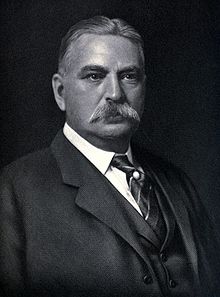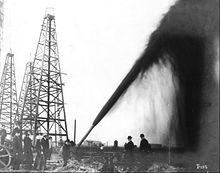Last week the Supreme Court of North Dakota handed down its opinion in Northwest Landowners Association v. State of North Dakota, 2022 ND 150. The court struck down portions of a statute passed by the North Dakota Legislature, Senate Bill 2344, dealing with ownership rights to “pore space.” North Dakota law defines “pore space” as “a cavity or void, whether natural or artificially created, in a subsurface sedimentary stratum.” The purpose of the statute was to facilitate operators’ use of pore space for saltwater disposal and CO2 injection in tertiary recovery operations, and to deny landowners the right to compensation for such uses. But the language of the statute is much broader:
Notwithstanding any other provision of law, a person conducting unit operations for enhanced oil recovery, utilization of carbon dioxide for enhanced recovery of oil, gas, and other minerals, disposal operations, or any other operation authorized by the commission under this chapter may utilize subsurface geologic formations in the state for such operations or any other permissible purpose under this chapter. Any other provision of law may not be construed to entitle the owner of a subsurface geologic formation to prohibit or demand payment for the use of the subsurface geologic formation for unit operations for enhanced oil recovery, utilization of carbon dioxide for enhanced recovery of oil, gas, and other minerals, disposal operations, or any other operation conducted under this chapter. As used in this section, “subsurface geologic formation” means any cavity or void, whether natural or artificially created, in a subsurface sedimentary stratum.
North Dakota (unlike Texas) has a statute, the Damage Compensation Act, requiring that requiring a mineral developer to compensate the surface owner for “lost land value, lost use of and access to the surface owner’s land, and lost value of improvements caused by drilling operations.” N.D.C.C. sec. 38-11.1-04. Senate Bill 2344 amended the Damage Compensation Act to exclude “pore space” from its definition of “land.”





